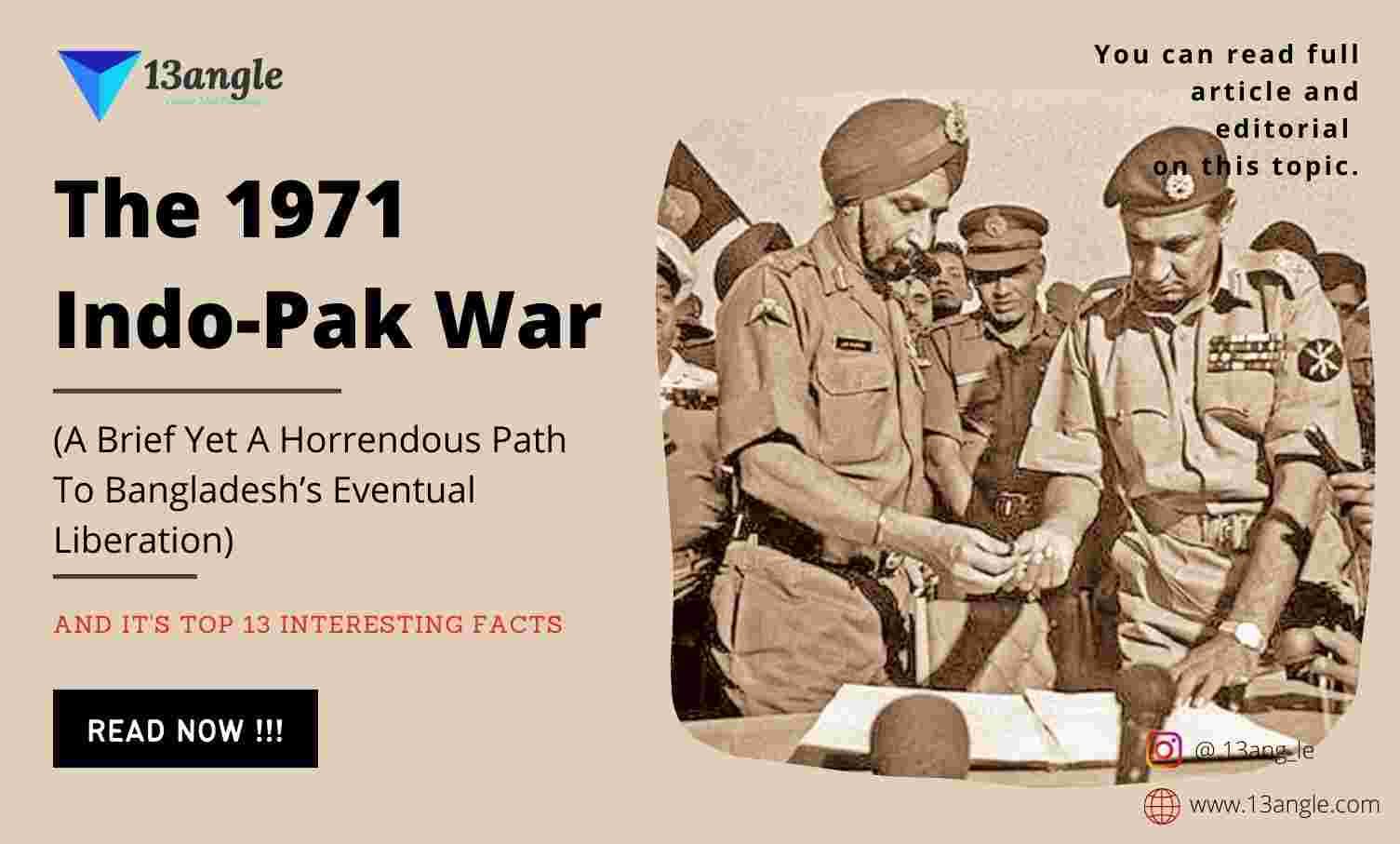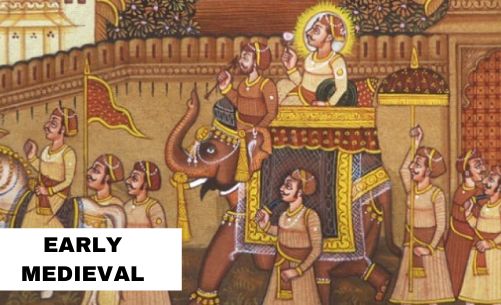
-: Stone Age :-
At earlier times, we humans were mostly depends upon stone, that is why this age is called stone age.
1. Stone age has been further classified into 3 types. And they are as follows :-
Old stone age or paleothetic period (30,000 BCE-10,000 BCE).
Middle stone age or mesolithic period (10,000 BCE- 8,000 BCE).
New stone age or neolithic period (8,000 BCE- 3,000 BCE).
2. Hunting was the main living source of the old stone age.
- It means that during old stone age humans were not aware of agriculture, they don’t know how to grow rice, wheat.
- Hunting of animals was the living source on that time.
3. Around 36,000 BC ago humans had become informed.
- Humans are also known as Homosepians.
[About 36,000 BC ago humans originated.]
4. First pet animal of humans was a dog which was in middle stone age.
[ Horse was also one of the first pet during middle stone age.]
5. Human knew about fire from old stone age but it had become in use like cooling new stone age.
- The use of fire was started for the purpose of cooking. [Fire was learnt in middle stone age.]
6. The institute of stone age culture was established by Robert Boose foot in India (1863).
7. Bones weapons were found from Bihar, which belongs to new stone age.
[ During old stone age, we made stones as weapons by sharping them.]
8. Firstly, the metal used in the weapon was copper. Copper was the first metal we came to know.
9. Wheel was introduced in new stone age.
- Agriculture was introduced in new stone age.
- Firstly stone wheel was used later wood wheel comes into existence.
10. The first clues of agriculture were found for Mehargarh (West of Indus River) presently in Pakistan.
-: Map Of Indus Valley Civilization :-

People living near the Indus River were termed as Indoi (It is because the Indus River is called Indus by Greeks). When Greeks come for the purpose of business they called the People Of Indus as Indoi. And due to this whole area is called Indus Valley Civilization.
As we come to know that once upon a time people used to live near the Indus river. Humans started digging out the place as a result we found certain cities like Harappa, Dolavira, Lothal etc.
Harappa :-
Location: Montgomery (Current location in Punjab, Pakistan)
Important River: Raavi.
Year (When this site was dug): 1921.
Excavator: Dayaram Sahani.
Findings (When Dug): Coffin, Gainories, Burials, Important Indus Valley Civilization town.
It was the first town that excavated and studied in detail.
These coffin burials were not like today’s coffin., they had different shapes.
It can be speculated that may be during Sati system type tradition must be followed because if we see the pictures of those coffin burials then one thing is clear that in every picture 2 people were simultaneously buried. So, from this, it can be speculated that after the death of their husband their wife was also buried alive along with their husband.
Mohanjo daro :-
Location: Sindh, Pakistan.
Important River: Sindhu.
Year (When excavated): Rakhal Das Banerjee.
Findings: Great Bath (The biggest Bath Ghat), Bronze Dancing Girl, Bearded Man, Terracotta Toys, Bull Seal (Stamp made of Bull symbol), Three cylindrical seals of Mesopotamian type, A piece of woolen cloth.
Mohenjo-Daro was the most urban area of Indus Valley Civilization.
Chaunhudaro :-
Location: Sindh, Pakistan.
Important River: Sindhu River.
Year excavated: 1934.
Excavator: Gopal Mazumdar.
Findings: Bead making factory, Black liver (Lipstick), Comb.
Chaunhudaro site was one of the most fashionable sites in the Indus Valley Civilization.
In the Chaunhudaro site, We found a wooden comb as well as elephant teeth comb.
Ropad :-
Location: Punjab, India.
Important River: Sutlej River.
Year excavated: 1953-1955.
Excavator: Yagyadutta Sharma.
Findings: Buried of dog with man along with pots, Plates made of clay (This shows that during those days men’s were buried with full rituals).
Lothal :-
Location: Ahmedabad, Gujrat (even today excavation is going on)
Important River: Bhogwa.
Year excavated: 1955-1962
Excavator: Rangnath Rao
Findings: Bead making factory, Dockyard, Button Seal ( Button type symbol), Fire altars, Painted Jar, Printed Plates, Set of elephant teeth, Many things made of elephant teeth, Earliest civilization of rice.
[Fire altars shows that people during those time were highly ritual followers]
Kalibanga :-
[kali= It means black]
[Banga= It means bangle}
Location: Sriganganagar, Rajasthan.
Important River: Ghaggar.
Year excavated: 1961
Excavator: Brij Basi Lal, Bal KrishnaTthapar.
Findings: Baked/Burnt Bangles, Fire Altars, Hiva Lingam, Small circular pots accompanied by pottery, Bones of camel.
Dholvira :-
Location: Kutch, Gujrat.
Important River: Ghaggar.
Excavator: J.P Joshi.
Year of excavation: 1960.
- Findings: Bullock & Driven by a wide human, Water Harvesting, Number Of Reservoirs, Use for rocks for construction.
[Drainage system was used at that time. During that time at the Dholavira site, every house had a southwest drainage system.
Banawali :-
Location: Fatehabad, Haryana.
Excavator: Dr. R.S Bisht
Year of excavation: 1975 then again started in 1983-1984
Findings: Barley, Terracotta figure of a plough.
[During Indus Valley Civilization, People generally used to eat barley]
Larkana :-
Location: Punjab, Pakistan
Important River: Sindhu
Excavator: R.D Banerjee
Findings: Barley
Year of excavation: 1922
Rakhigarhi :-
Rakhigarhi is considered the biggest site in the whole Indus Valley Civilization.
Location: Hisar, Haryana
Year of excavation: 1997-2000
Excavator: Amrendranath
Findings: Terracotta wheels, toys, figurines, printed pots.
Alamgirpur :-
Location: Meerut, U.P
Important River: Hindon
Year of excavation: 1958
Excavator: Y.D Sharma
Findings: Impression of clothes on the trough.
Sutkagendor :-
Location: Baluchistan near Dast River
Year of excavation: 1927
Excavator: R.L Stein
Sutkagendor was the trade point between Harappa and Babylon.
Sutkagendor site was the main area where Harappan people do trade with Babylon.





